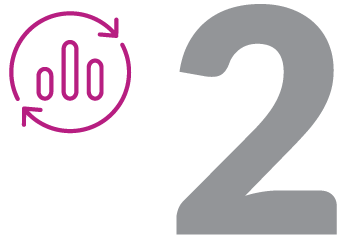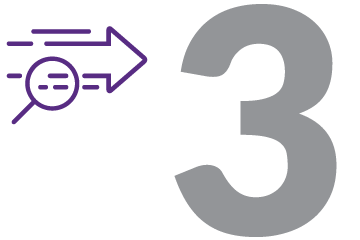
Since 1977, Mackenzie Health Foundation has raised more than $142 million for capital projects, medical equipment, technology and educational opportunities for Mackenzie Health. The Foundation’s mission is to attract gifts and support the community. It is currently raising funds to help build and equip the future Mackenzie Vaughan Hospital.
“By looking at our donors through the lens of PRIZM and SocialValues, we were able to see the types of donors who share our values and are most likely to be responsive to our campaigns, as well as where to find them.”
Between 2011 and 2012, the Mackenzie Health Foundation's one-size-fits-all marketing strategy was starting to falter. During that time the Foundation saw its donor base shrink by 35 percent. The organization needed a better way to engage the community and attract high profile donors as it embarked on a $250-million fundraising campaign to enhance care at Mackenzie Richmond Hill Hospital and to help build and equip the future Mackenzie Vaughan Hospital. In late 2013, the organization felt its direct mail, door-to-door and telemarketing campaigns would benefit from having an in-depth understanding of the communities it serves. This would include knowledge on who lives where, what they like and what messages resonate best with them.

Using PRIZM, our proprietary segmentation system, the Foundation profiled its existing donors and developed target groups with vivid profiles. Overlaying databases like SocialValues, DemoStats and Opticks Powered by Vividata, the Foundation was able to get a better understanding of their demographic, psychographic and behavioral tendencies and understand the best manner to message and reach its core donors. To help expand its database, the Foundation was also able to identify potential donors who live within their community and share similar characteristics.

The analysis showed the Foundation was serving a highly diverse community, with distinct preferences, values and behaviors. It discovered that some segments would be more responsive to specific stories, while others were drawn to the history and organizational values that the Foundation stood for. The analysis also showed that many of the high-potential donors appeared to be motivated by messages that spoke to leaving a family legacy and having a positive impact on their community. By studying the media consumption habits of donors, the Foundation determined that direct mail and e-blasts were amongst the most effective channels to engage donors.

To help the Foundation grow its donor base, every postal code and home telephone number associated with a target group in the community was flagged to receive tailored communications. Targeted telephone scripts and direct-mail letters were developed around the values of different segmented donor groups. By mapping the community and knowing where the target segments were located, the Foundation was also able to be more efficient by reducing the amount of direct mail, while maintaining their desired conversion rate. This pinpoint accuracy was critical, since many of the donor segments within this diverse community live in close proximity to each other.
By looking at the community through PRIZM, the Mackenzie Health Foundation discovered they serve a highly diverse, wealthy and fast-growing community that tends to be very generous in their charitable giving. Almost 50 percent of the 1.2 million residents in York Region, near Toronto, are immigrants and approximately 30 percent of residents speak a non-official language at home, which explained why the Foundation’s one-size-fits-all approach was struggling. Despite mailing 30 percent fewer packages, overall annual response rates from the new data-driven annual giving direct mail and telemarketing campaigns jumped by 62 percent, resulting in a 45 percent increase in overall direct mail revenue while lowering costs. The Foundation’s planned giving campaign has also been able to sustain better results since it started targeting its prospective donors. Notably, the donor-to-planned giver conversion rate in 2014 surpassed 31 percent after the first campaign, which was 19 percent better than the industry standard for hospital campaigns at the time.
Through the analysis, high-value potential donors were discovered to be converting at a rate of 40 percent with a response rate of almost 12 percent—double the results of the test panels. By appealing to donors desires to leave a legacy, the responses generated by the campaign were projected to be worth more than $1.2 million in potential bequests from just three small annual planned giving campaigns.